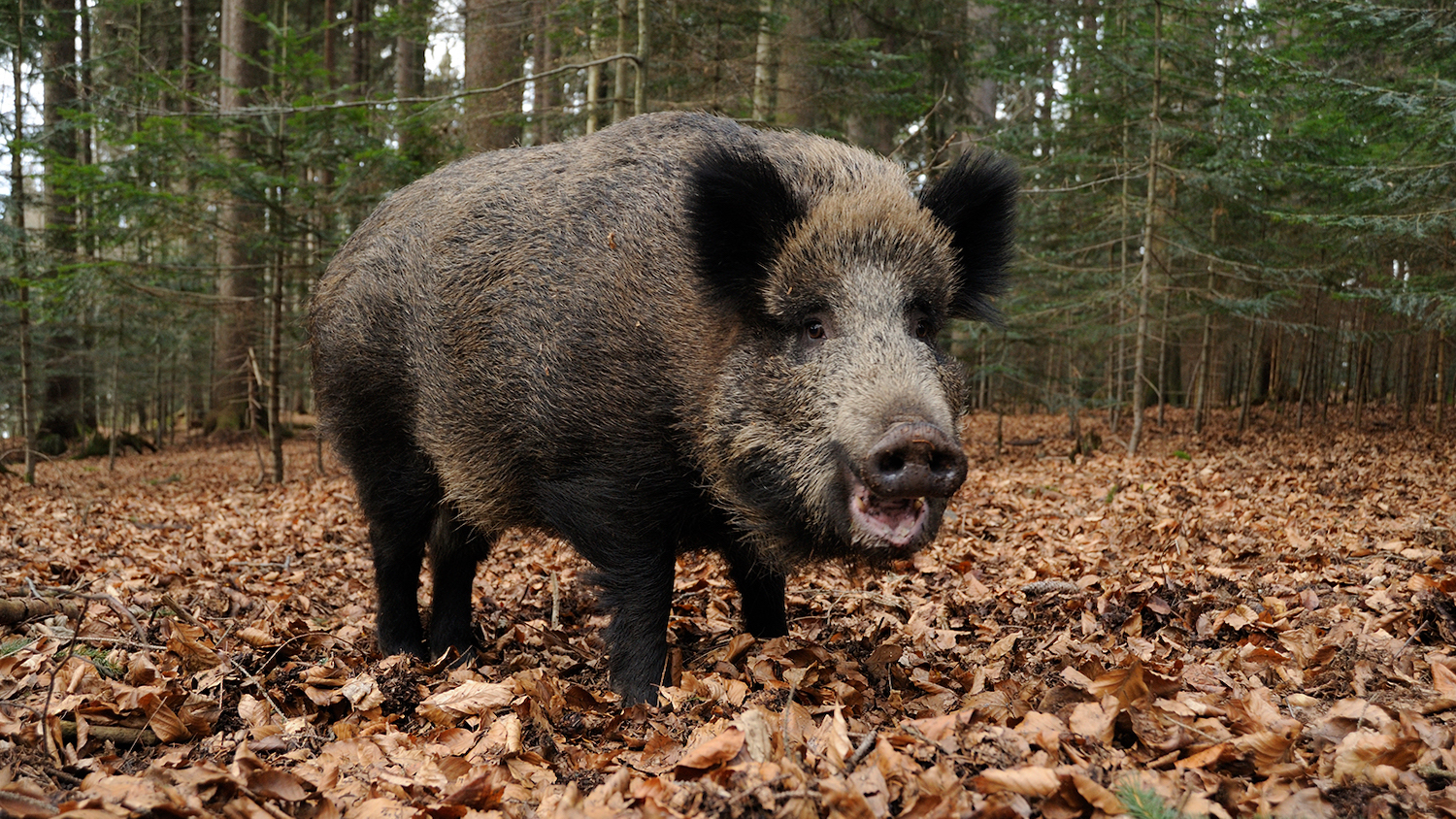Quiz: Which North Carolina Invasive Species Are You?

National Invasive Species Awareness Week — celebrated from February 28 to March 4 — aims to generate awareness about the economic and environmental impact of invasive species.
North Carolina is home to a number of invasive plants, animals and insects that are taking over existing native ecosystems. Take our quiz to find out which invasive species you are:


